Description
The Lancashire & Yorkshire Railway Class 5 were 2-4-2 tank engines designed by John Aspinall in 1889 for use on suburban passenger traffic. John Aspinall had recently succeeded Barton Wright in 1886 & was determined to continue the standardization policy on a minimum number of locomotive classes as possible & the L&Y was in dire need of suburban passenger traffic locomotives. Aspinall who had come from the Great Southern & Western Railway in Ireland had determined that a large version of a 2-4-2T would work a lot better than the 0-4-4Ts from the GS&WR. Upon looking at the success of the LNWR & NER 2-4-2Ts, Aspinall set out to make a design of his own. He would also incorporate the Joy Valve Gear & Webb’s Radial Axle box he had seen on the LNWR 2-4-2Ts.
The first Class 5 emerged on 20th February 1889 & the first locomotive built at Horwich Works. The early locomotives had 18-by-26-inch cylinders for a tractive effort of 18,955 lbf & power class 2P. They were reported to have an excellent start to service life with No. 1008 leaving the works & into service with no teething troubles in 1889. By the summer of 1891 they had gained a reputation for handling some of the more difficult L&YR routes including the 7 miles adverse gradient of the Oldham Branch with 0.75 miles at 1 in 52 then a further half mile at 1 in 44. Their duties also included the steepest passenger line in England, 1 27 for 0.5 miles the Werneth spur.
In 1903 the incumbent CME Henry Hoy reported that the now 270 strong class had between them covered 61,000,000 mi in the preceding 14 years all over the L&YR system. They had suitable ability on passenger duties to haul a considerable load at any reasonable speed. On 1 January 1922 the LY&R amalgamated into the London & North Western Railway (LWNR) and the fleet passed on into the London, Midland & Scottish Railway(LMS) with the initial grouping on 1 January 1923. Some of the locomotives were fitted for push-pull working, being coupled to a driving trailer coach that contained a driver’s cab and allowing the train to be driven in reverse, without running the locomotive around the train at the terminus.
During the period under the LMS nearly two-thirds of the type were withdrawn and about 109 or 110 2Ps survived to pass to the nationalized British Railways on 1 January 1948. They were joined by 14 of the superheated Class 6 that were renumbered in the range 50835–50953, and which were all scrapped by 1952. By 1961 only three remained in existence.
A single preserved example of the type exists. The lead locomotive No. 1008 of 1889 which was withdrawn in 1954 is now preserved as a static exhibit in the National Railway Museum.

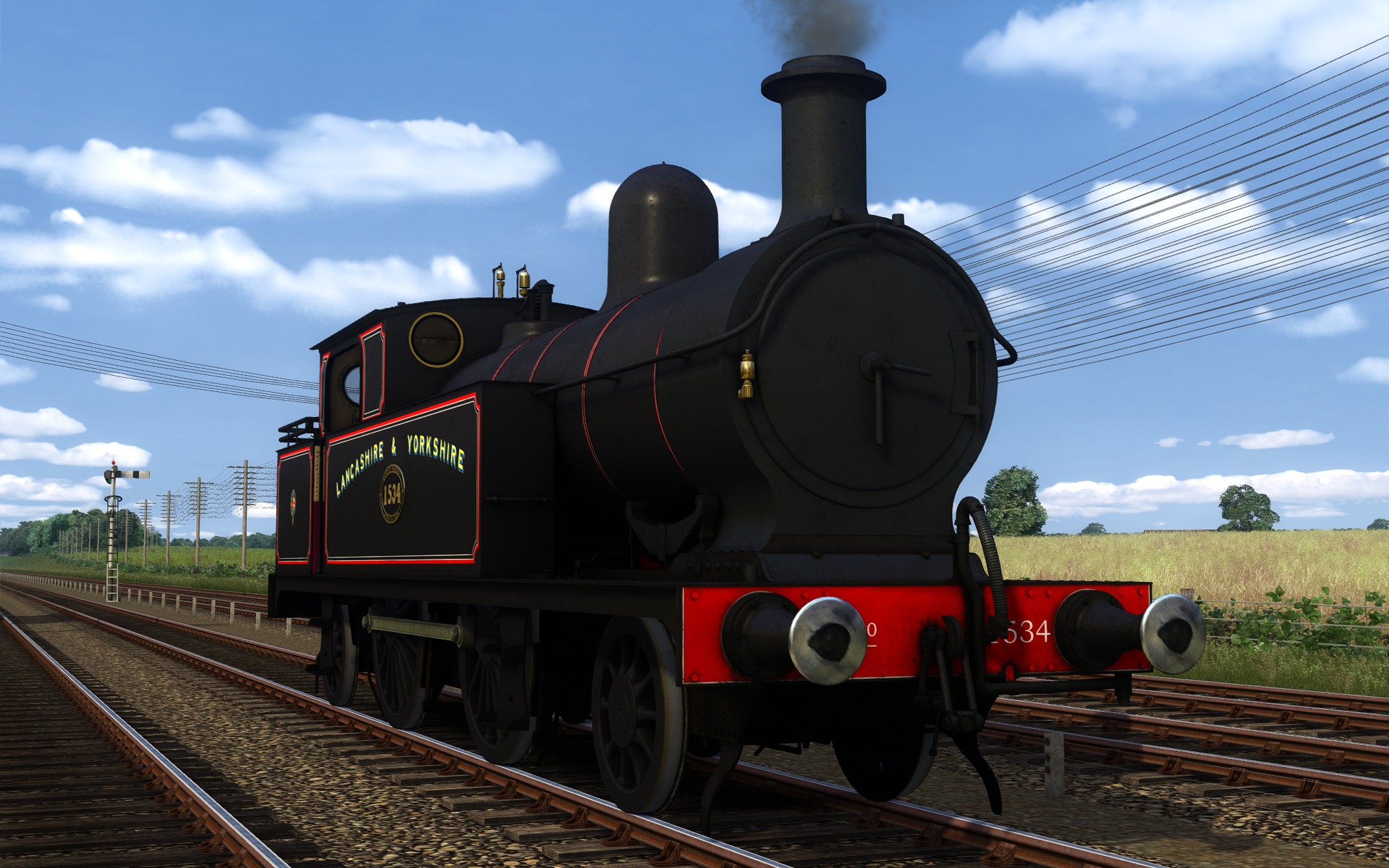
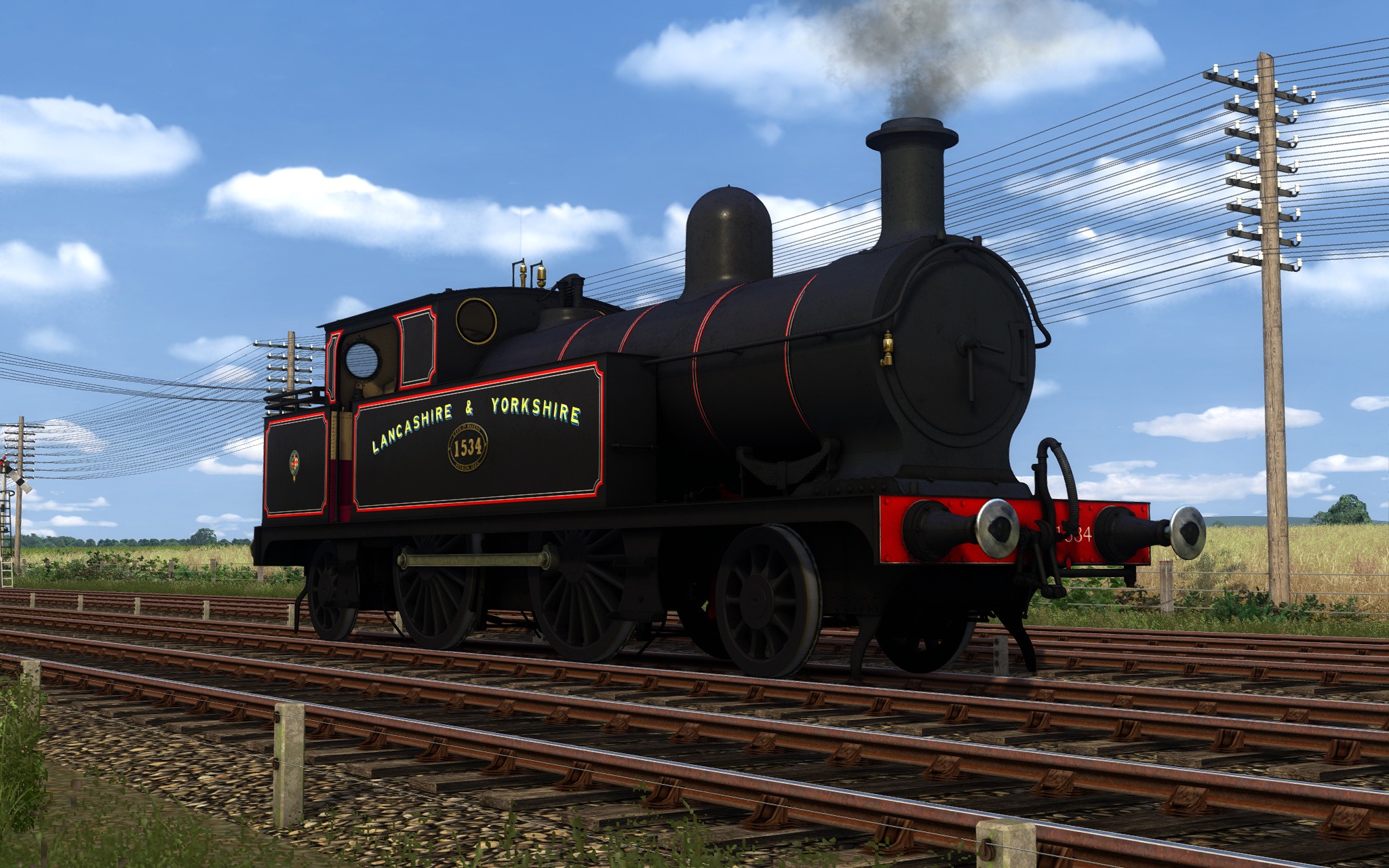
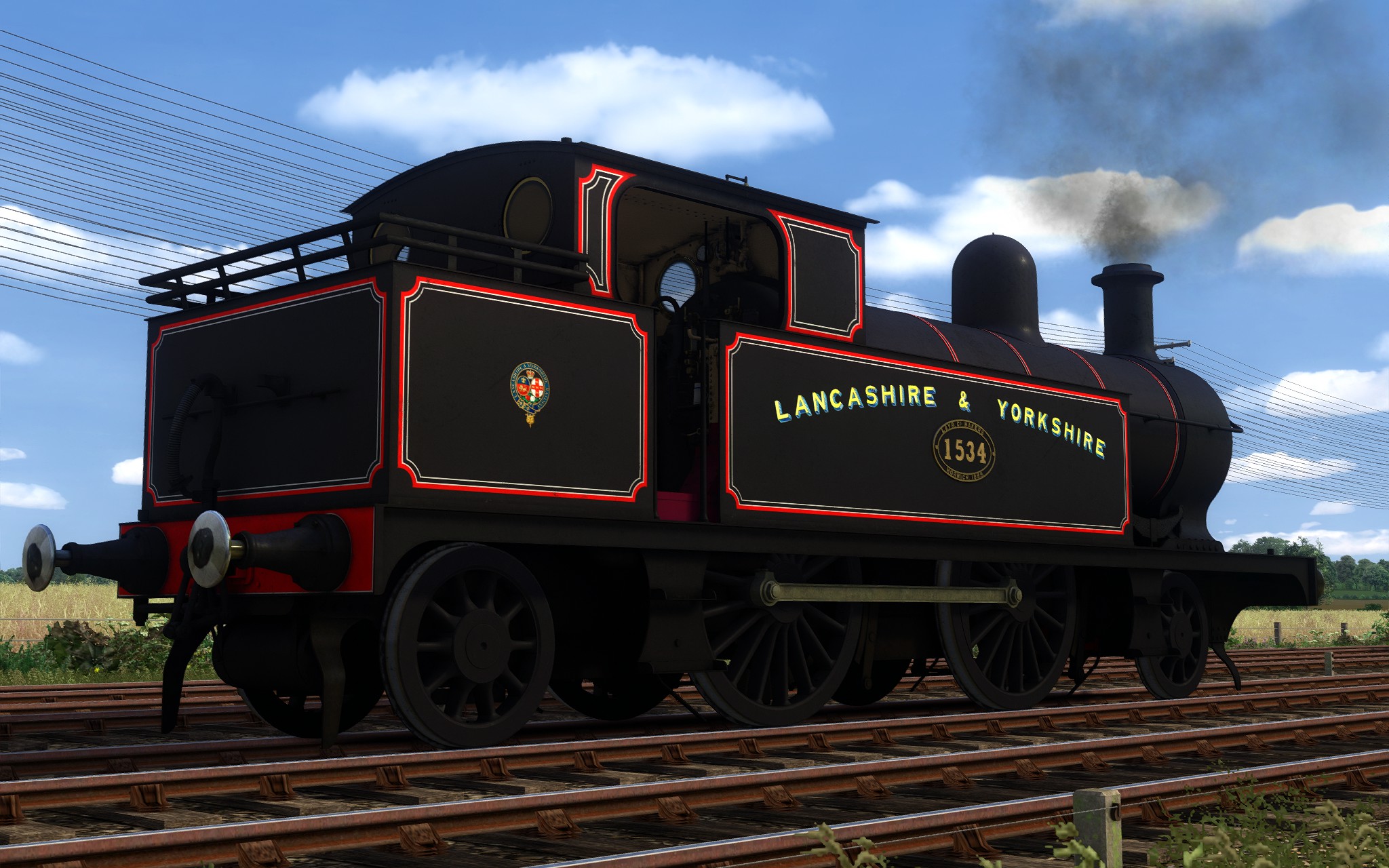
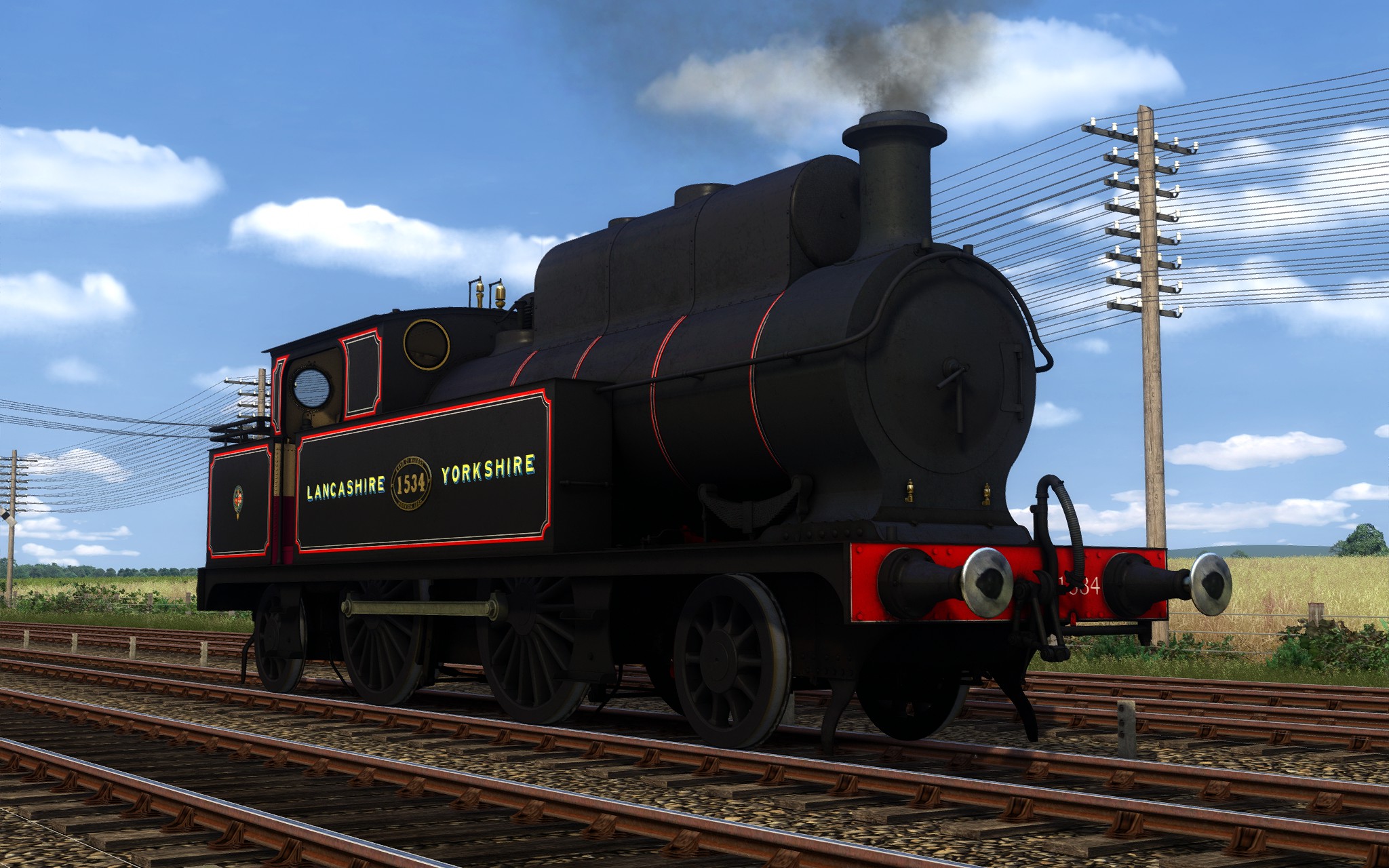
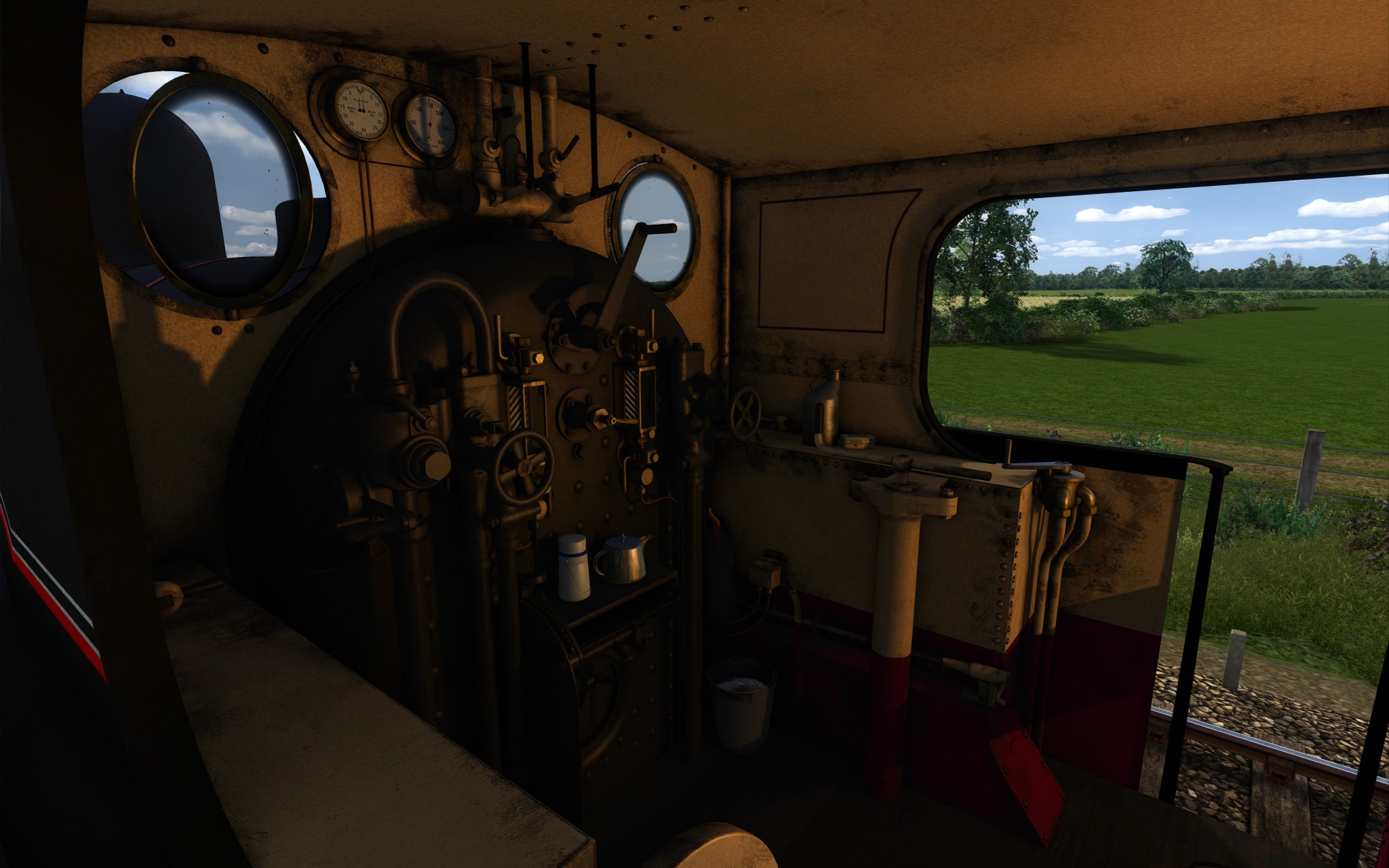
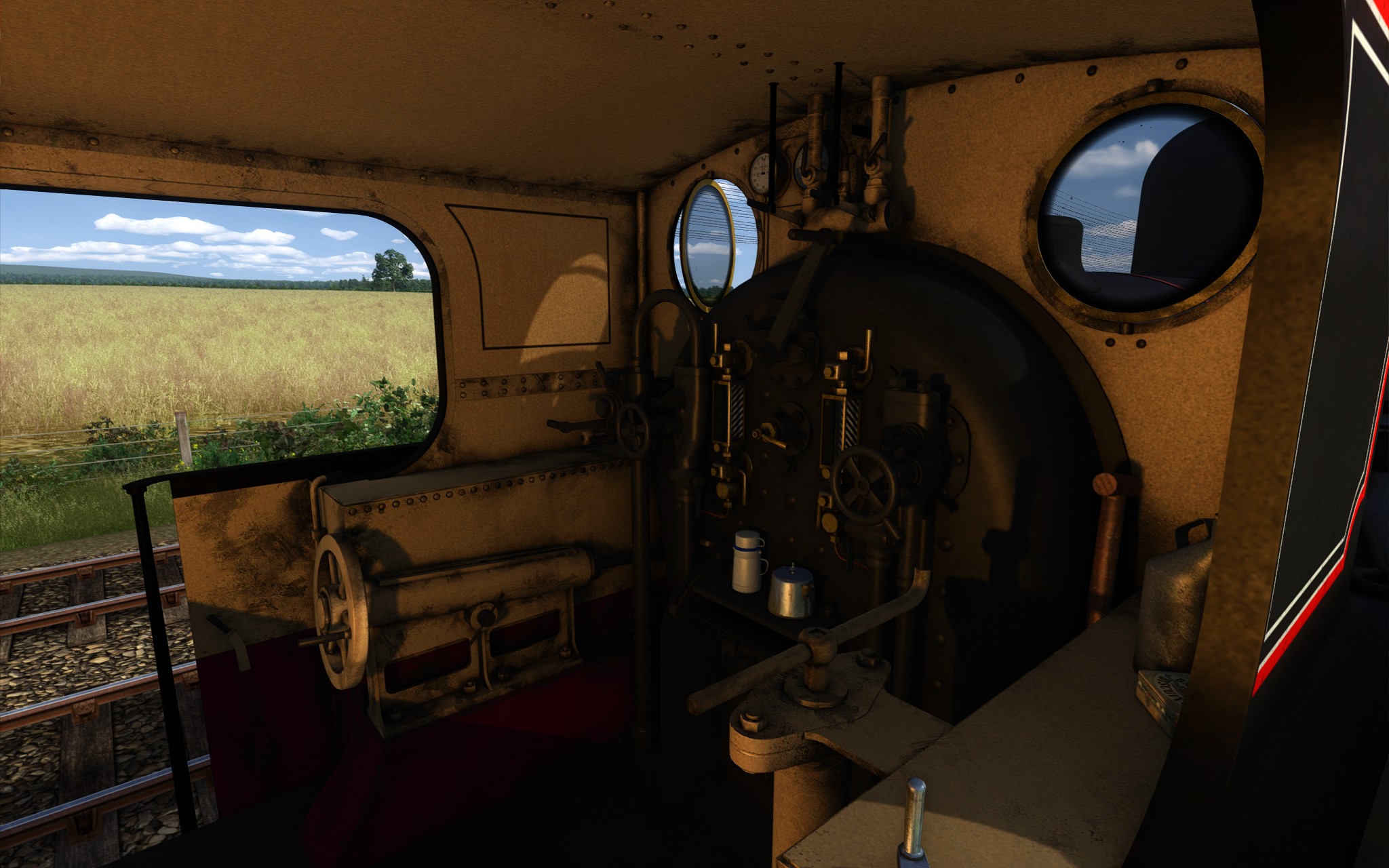
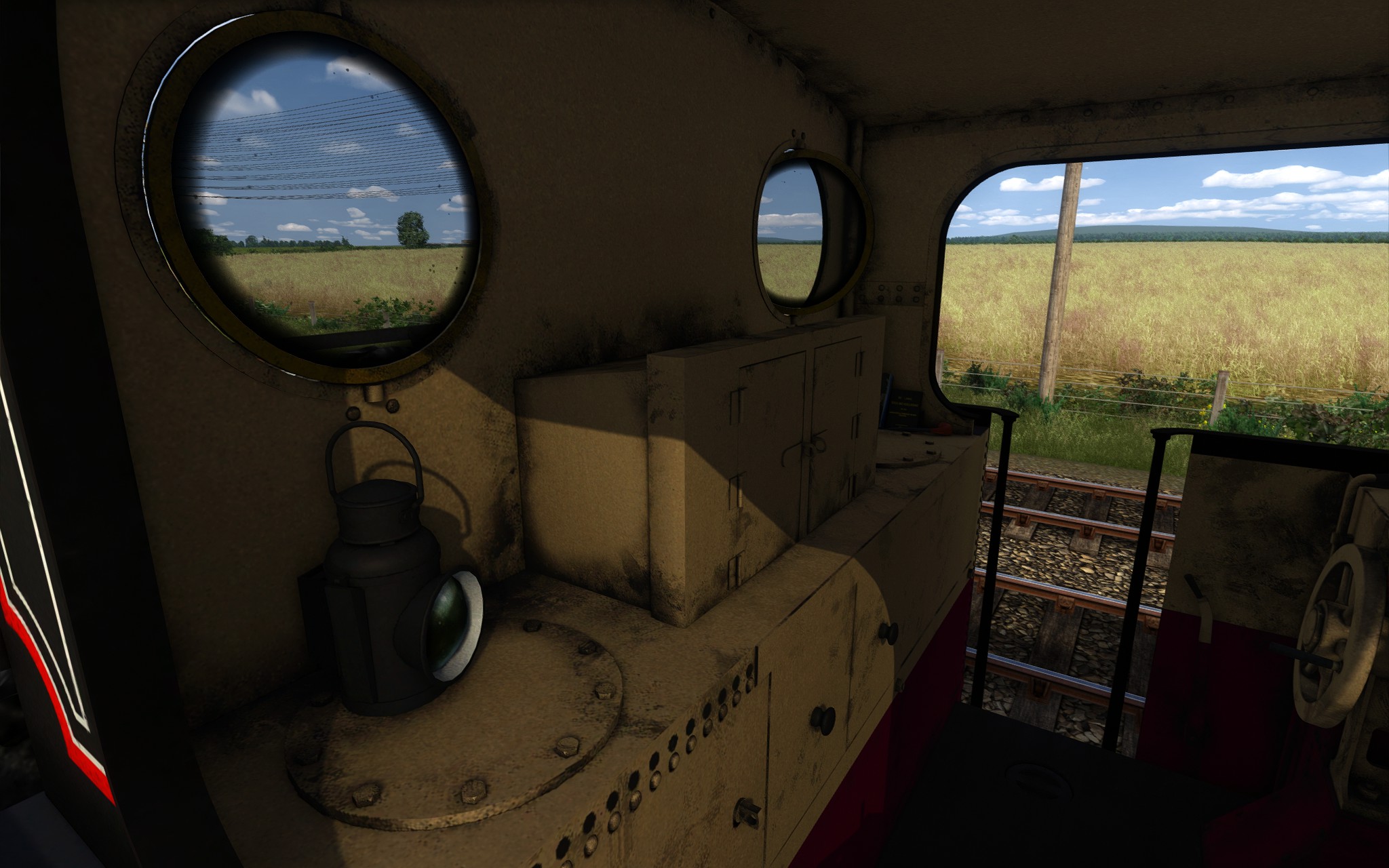
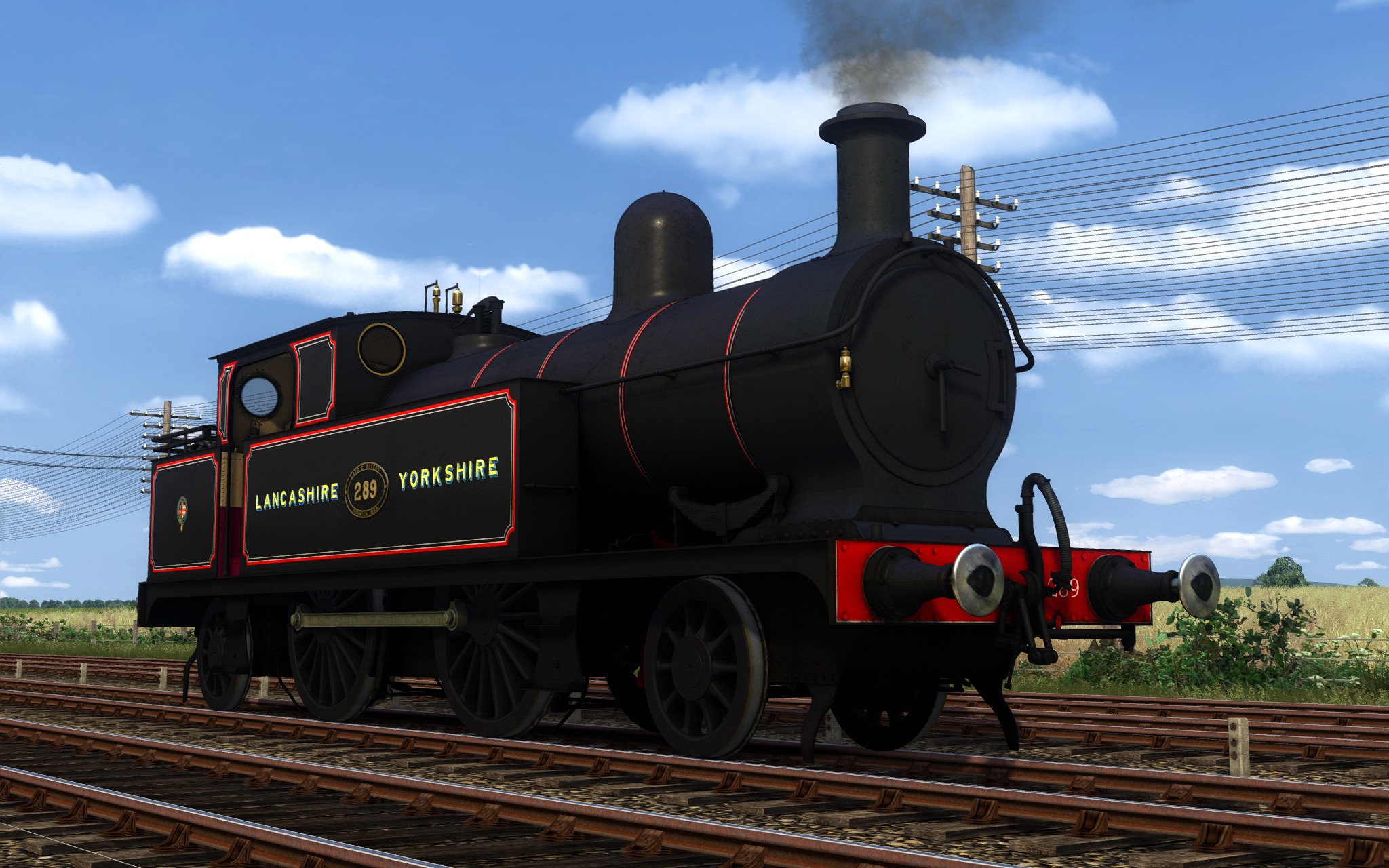
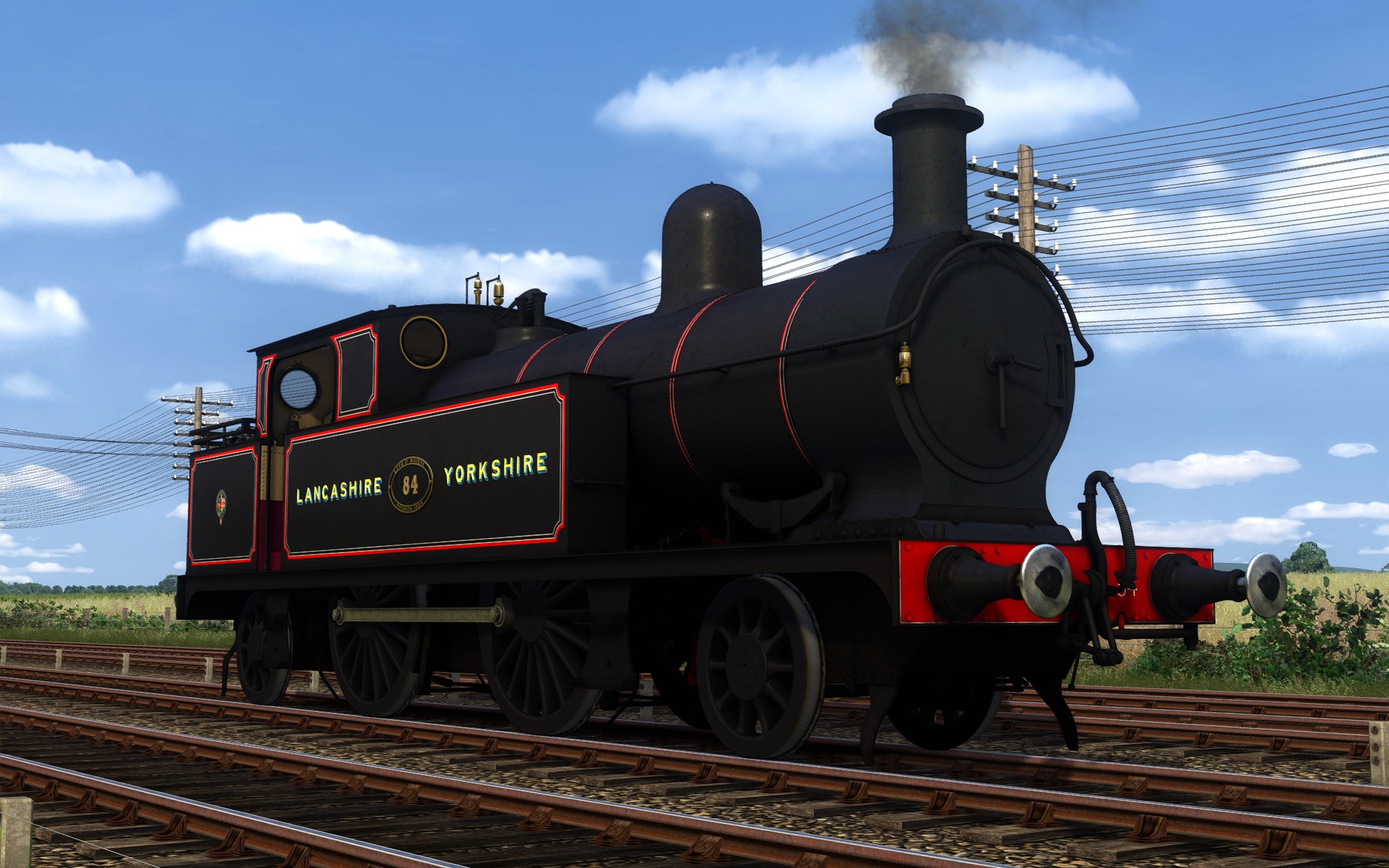
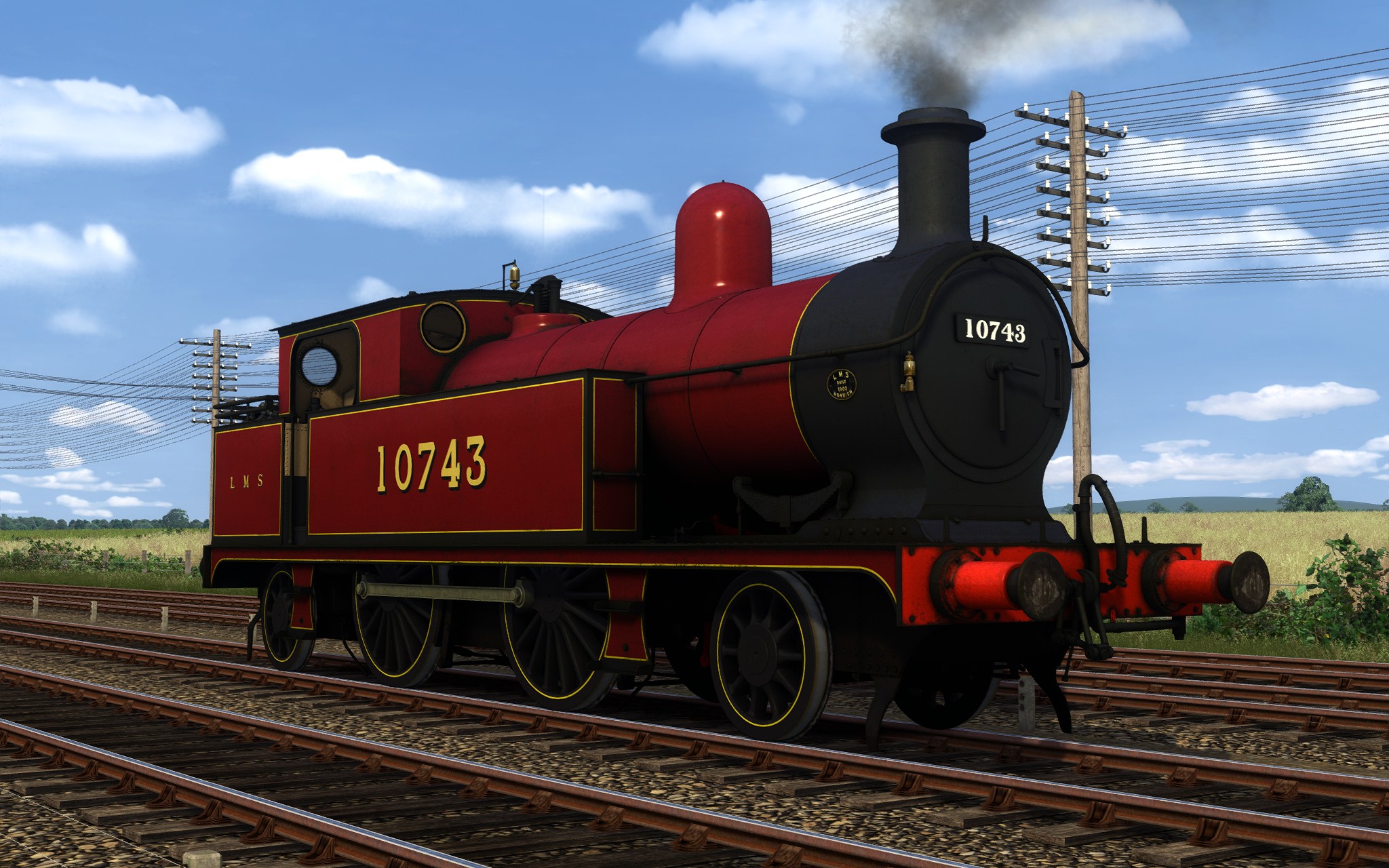
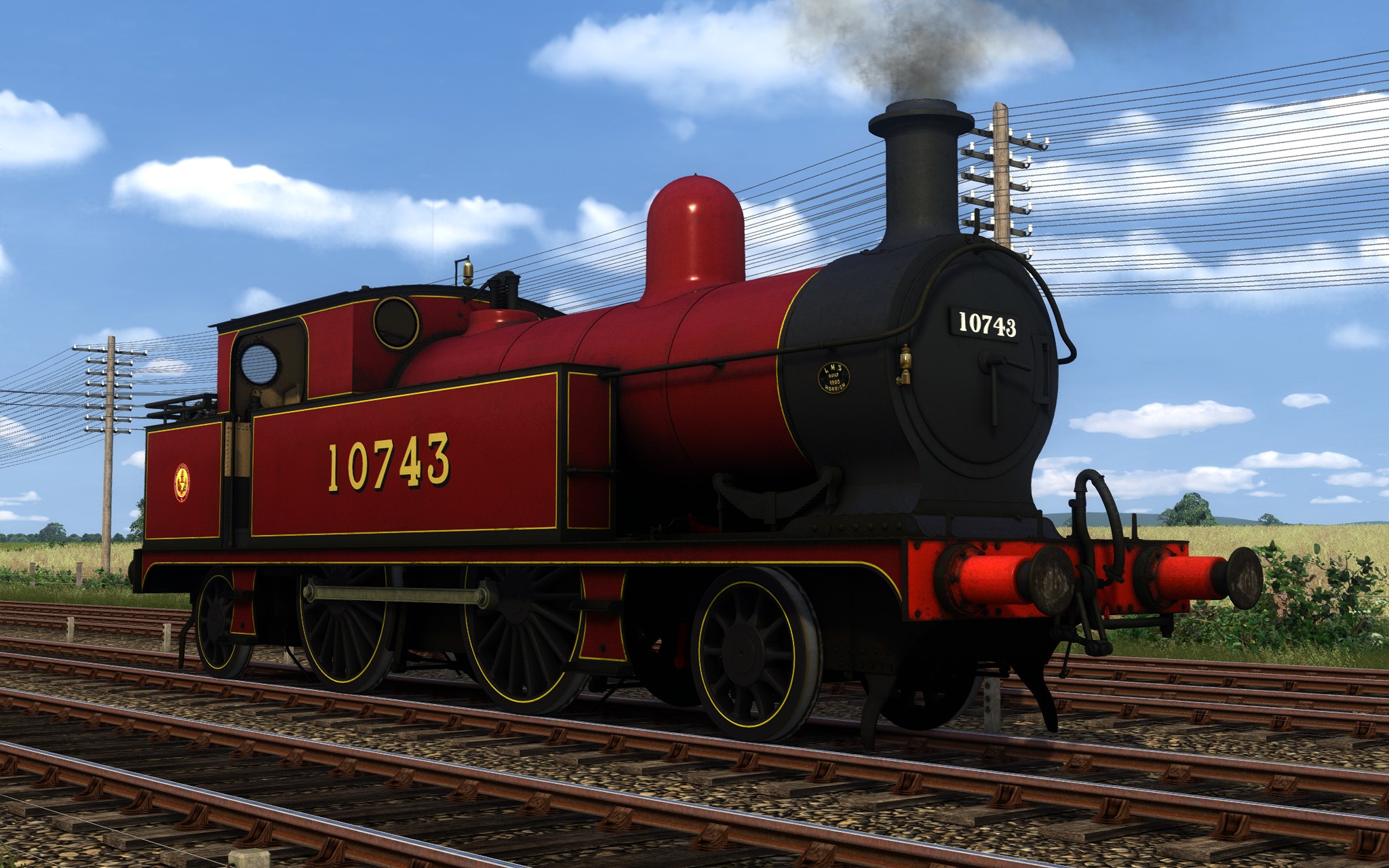
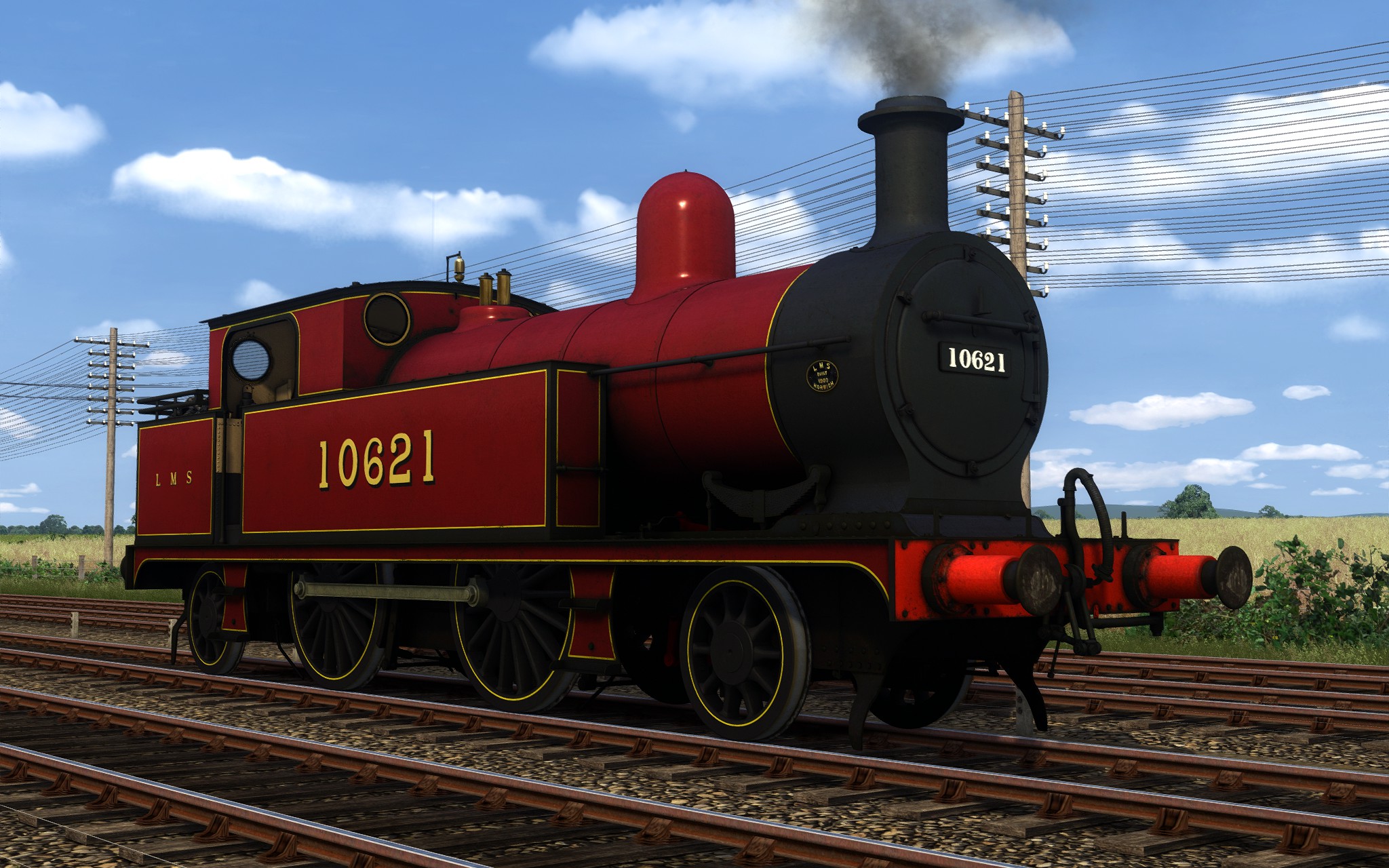
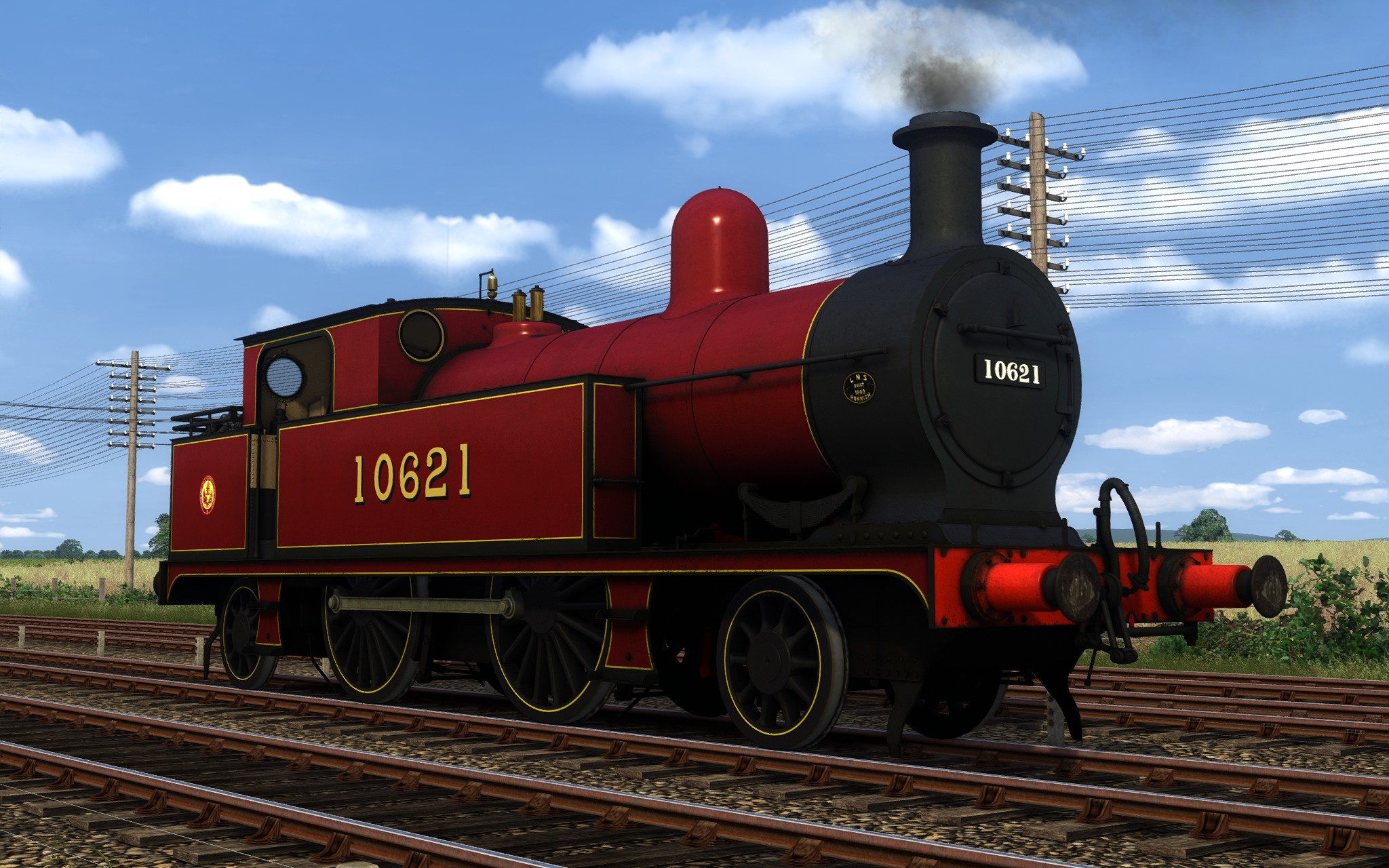
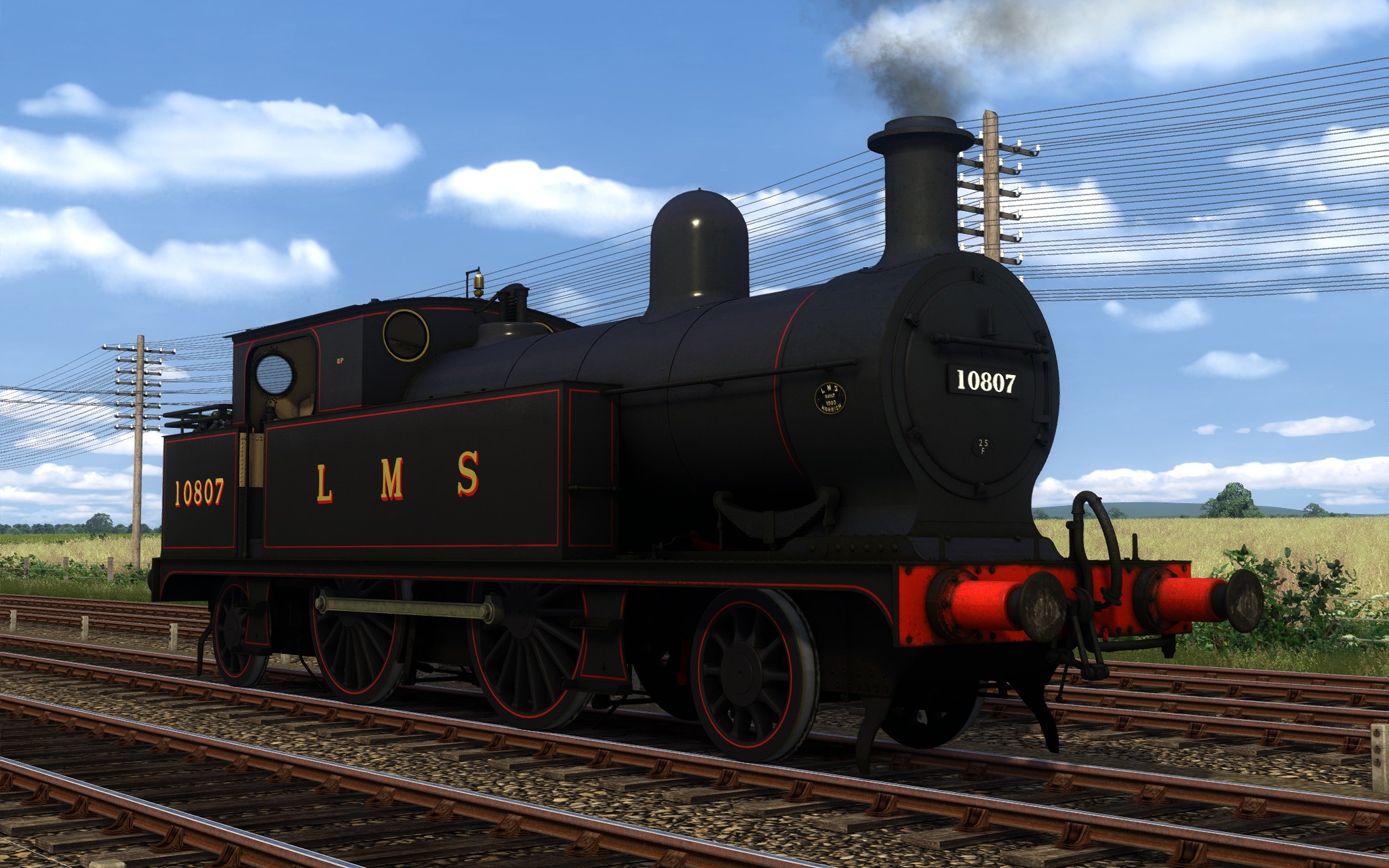
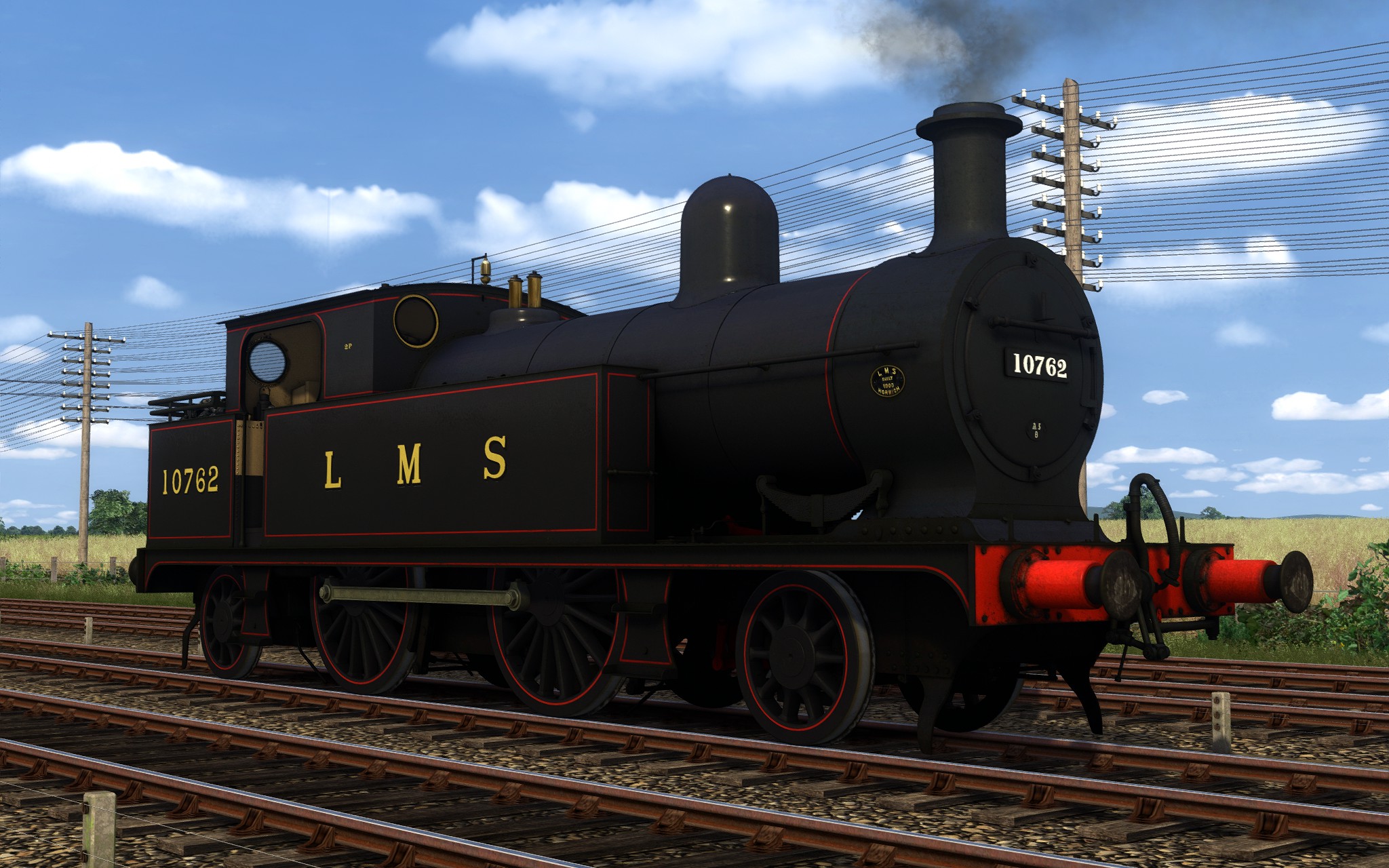
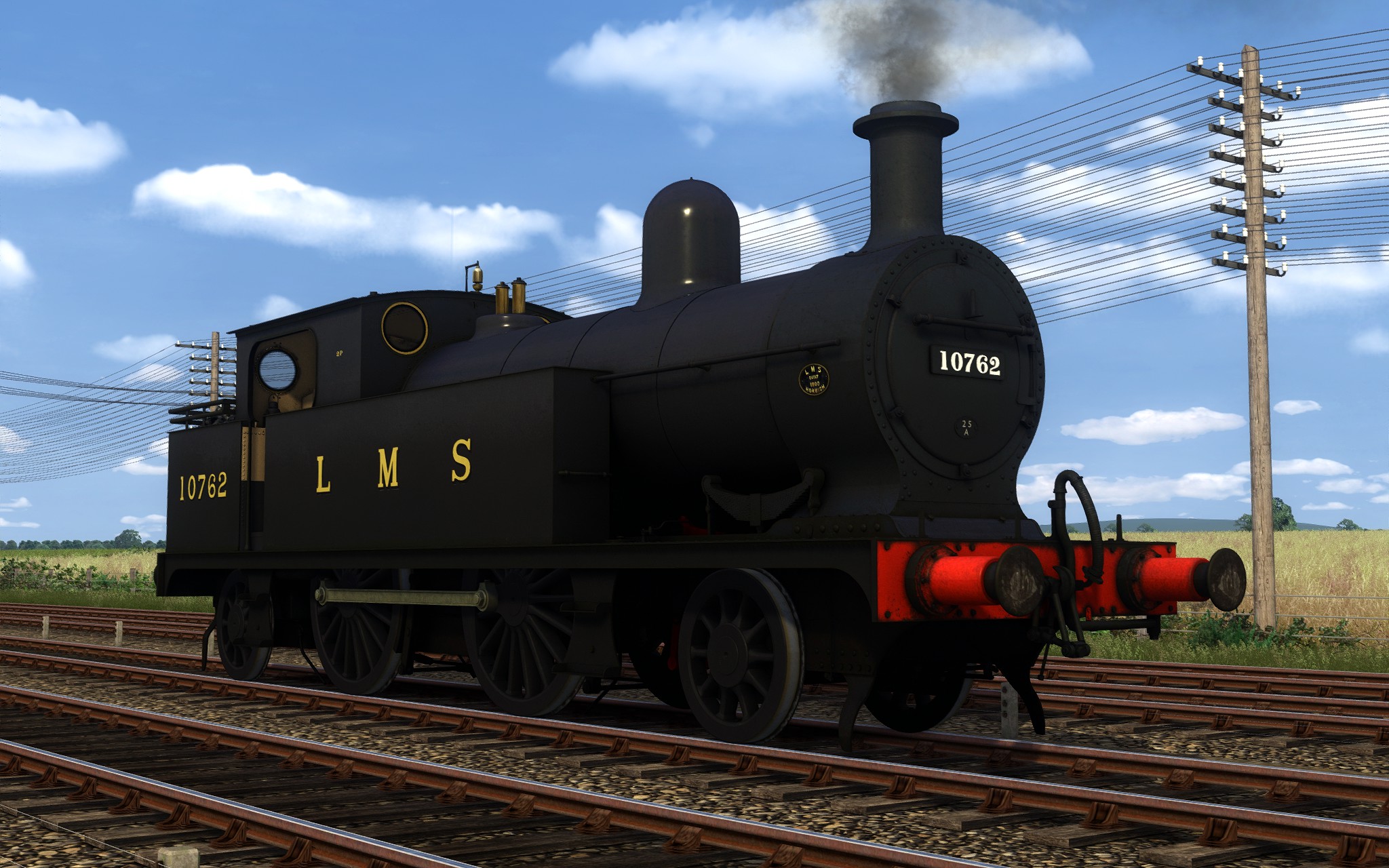
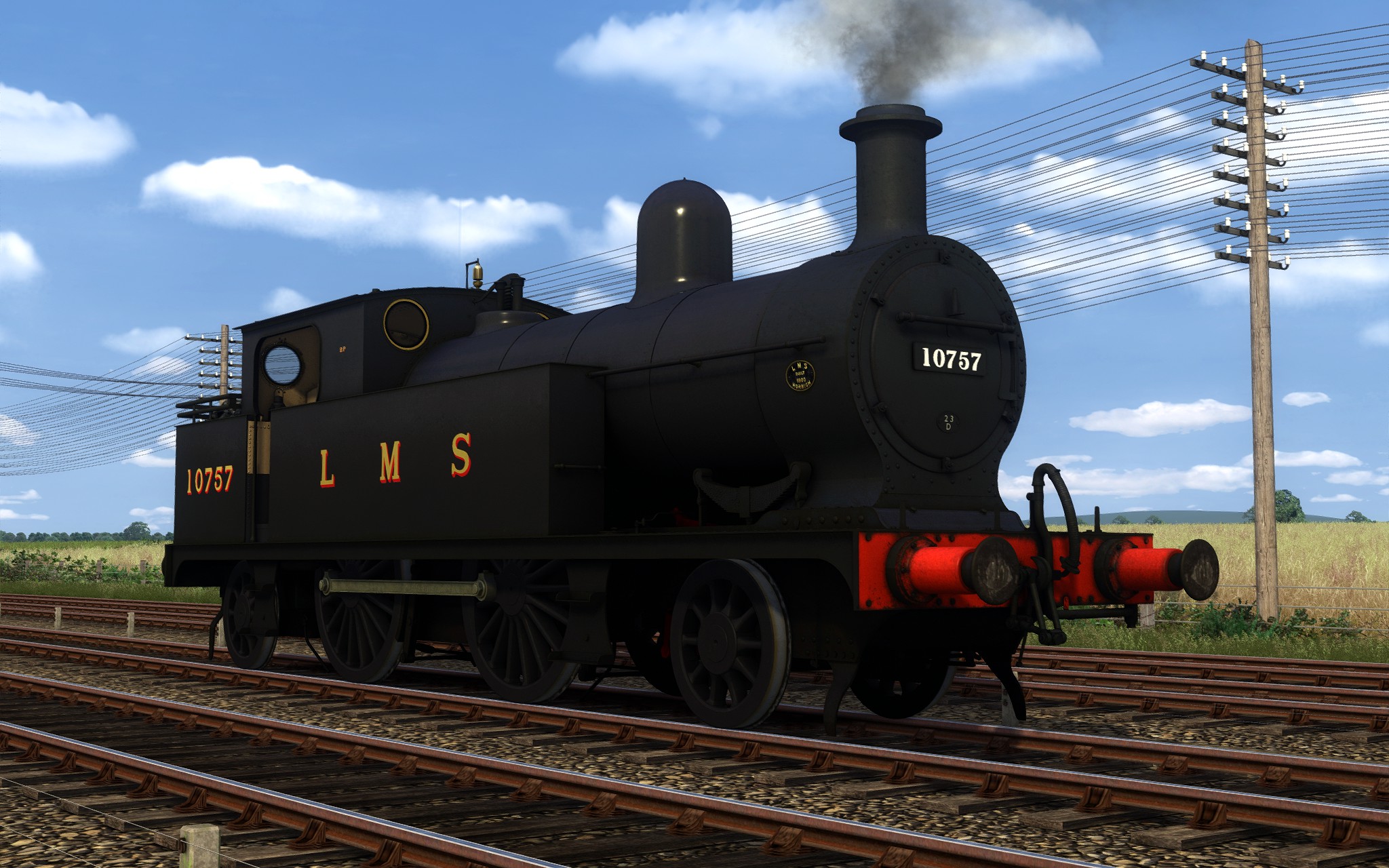
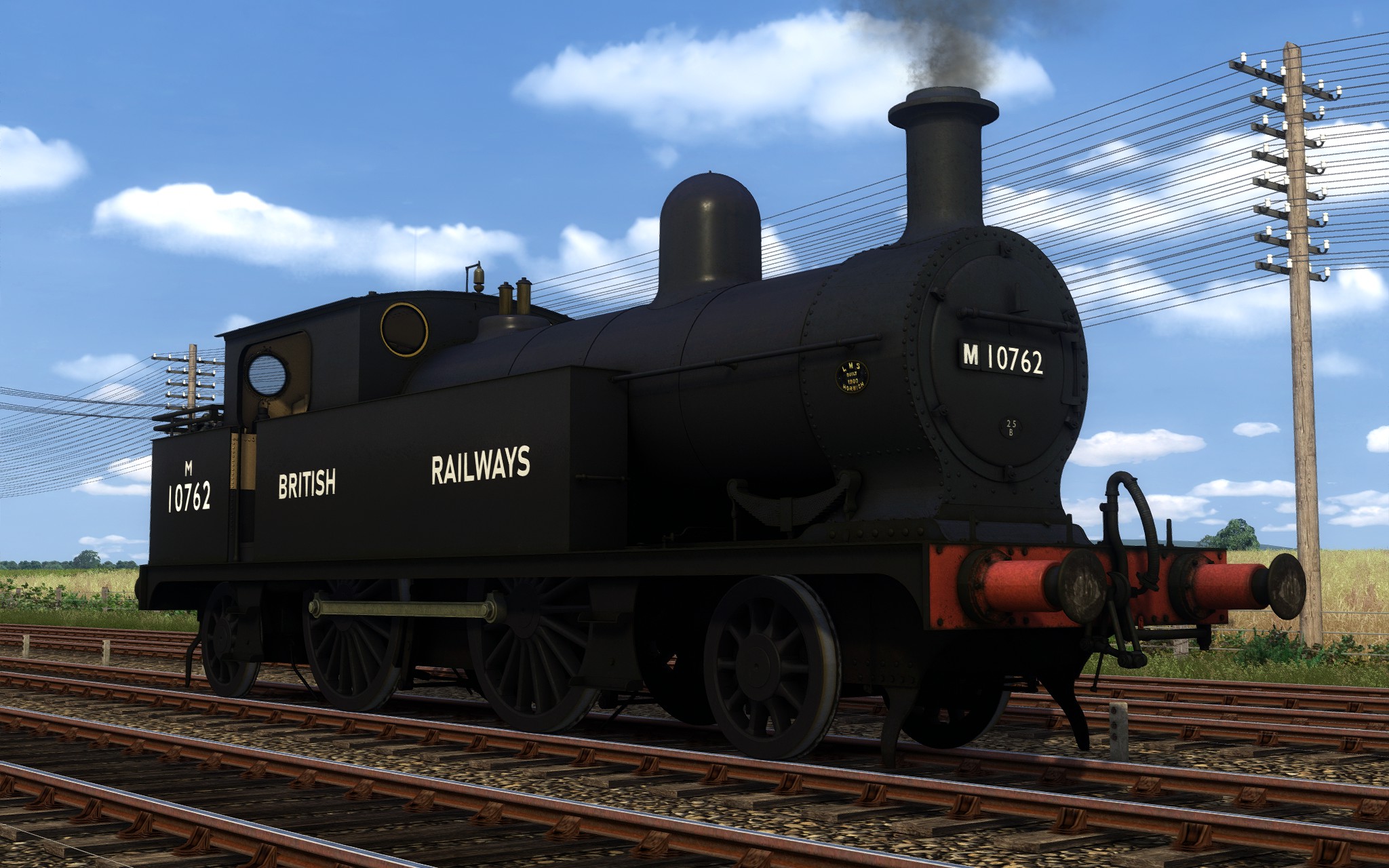
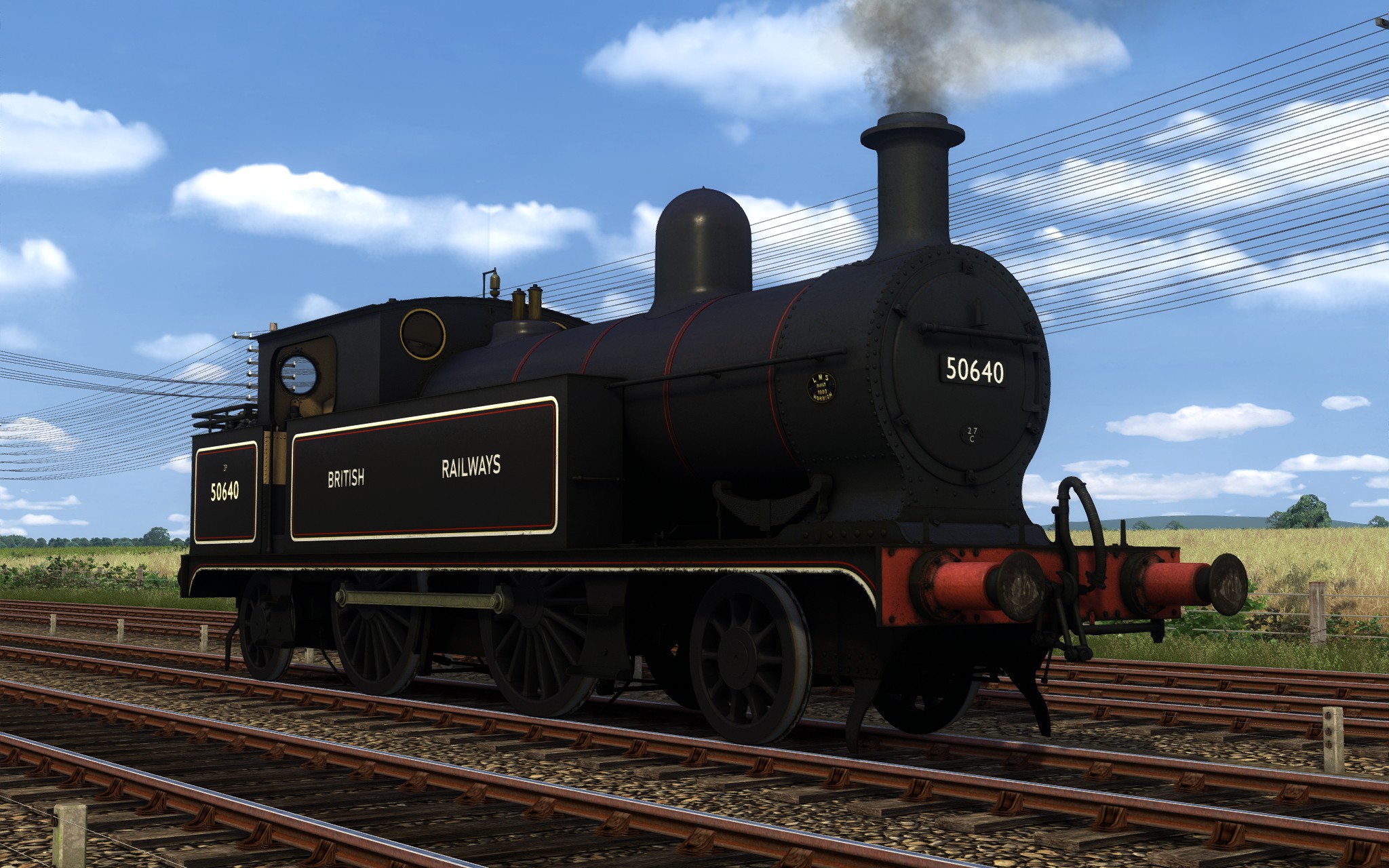
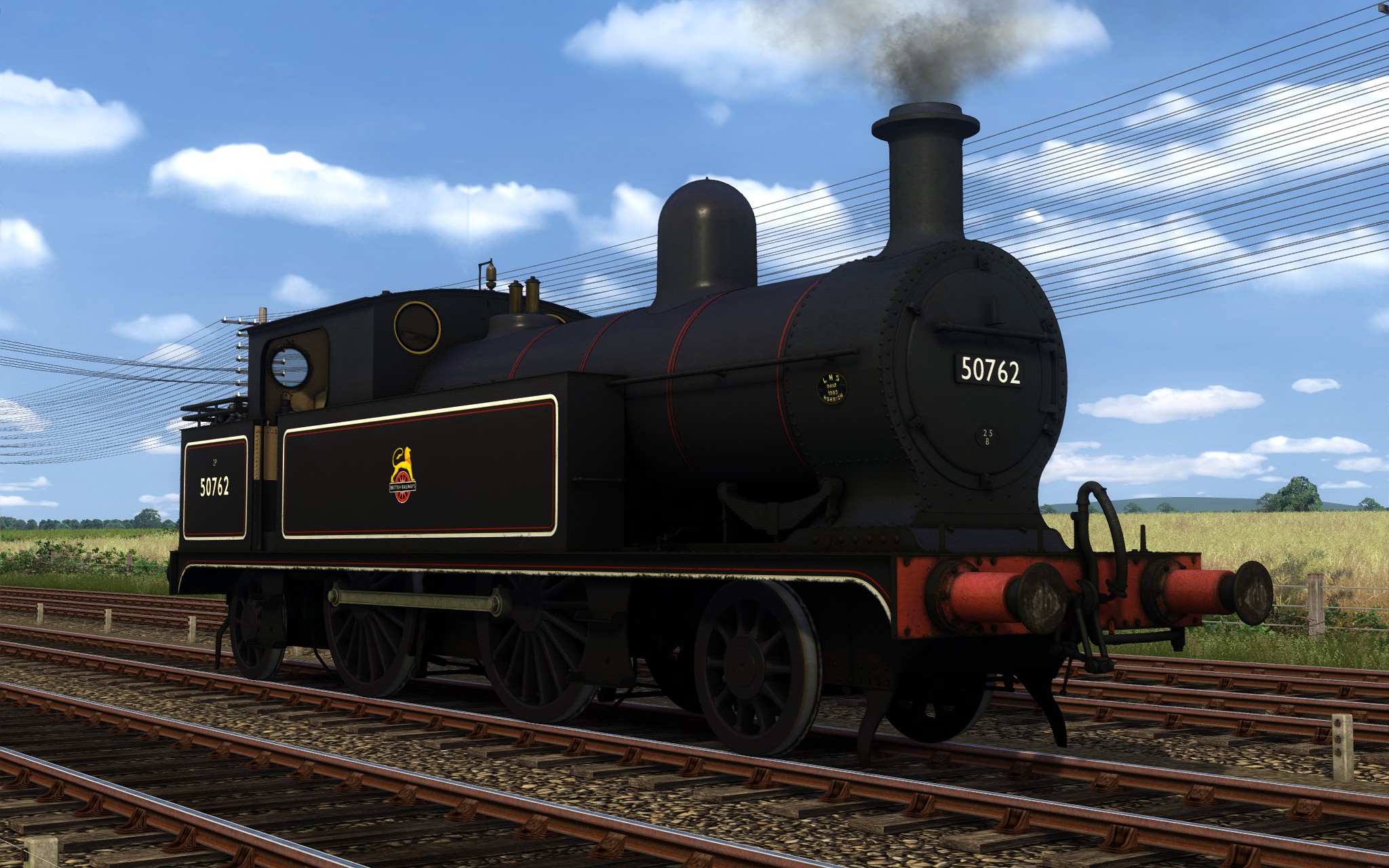
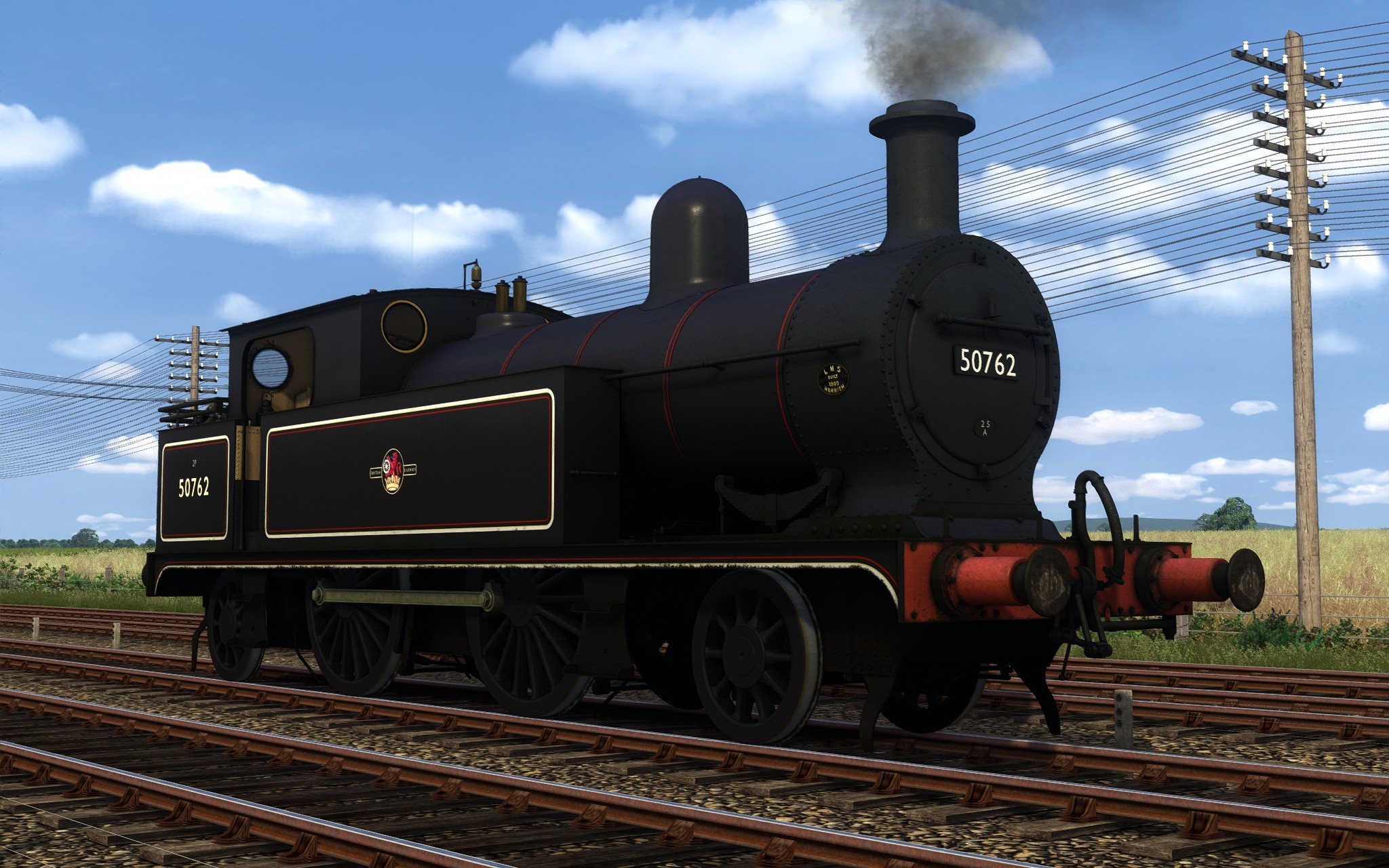
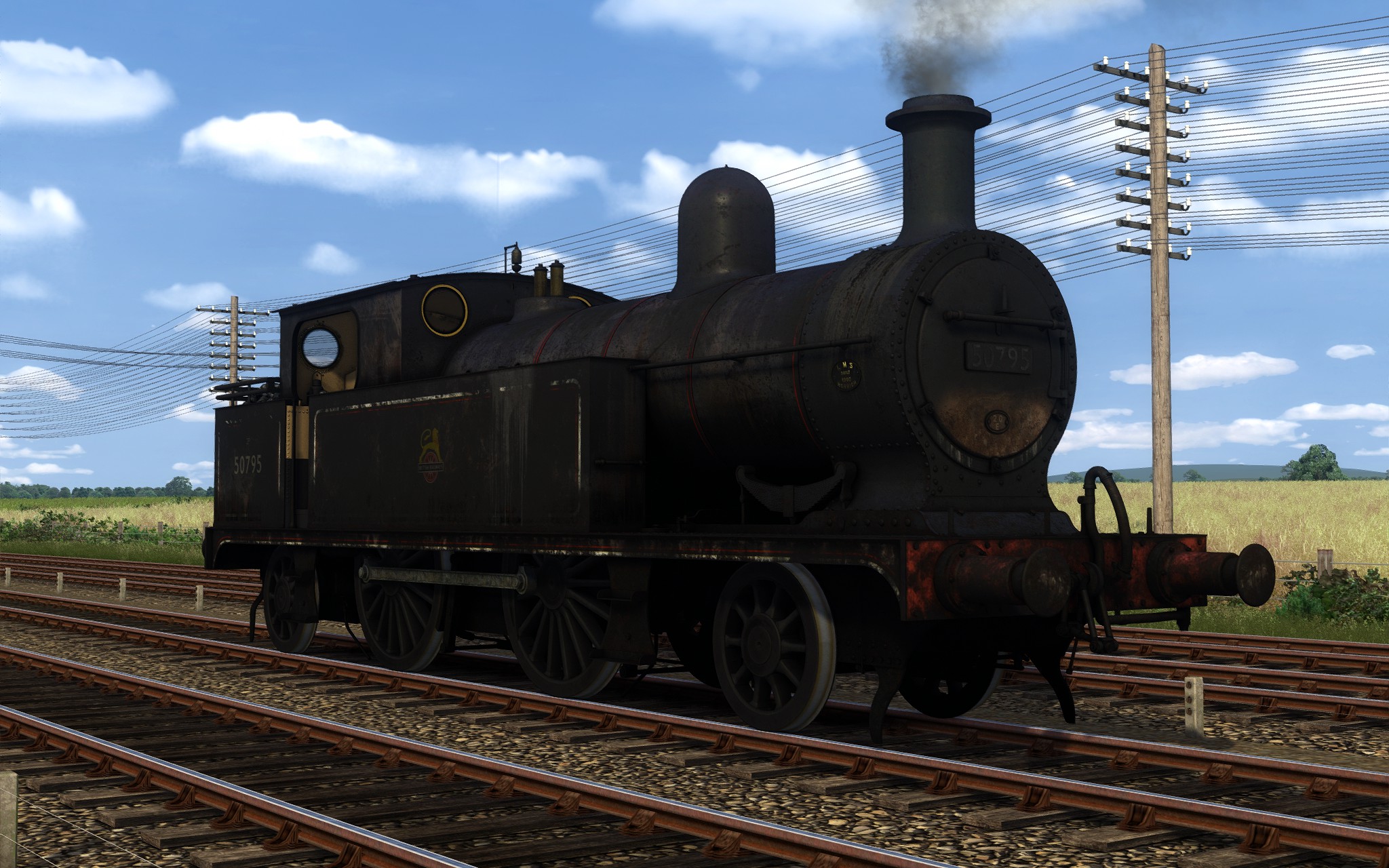
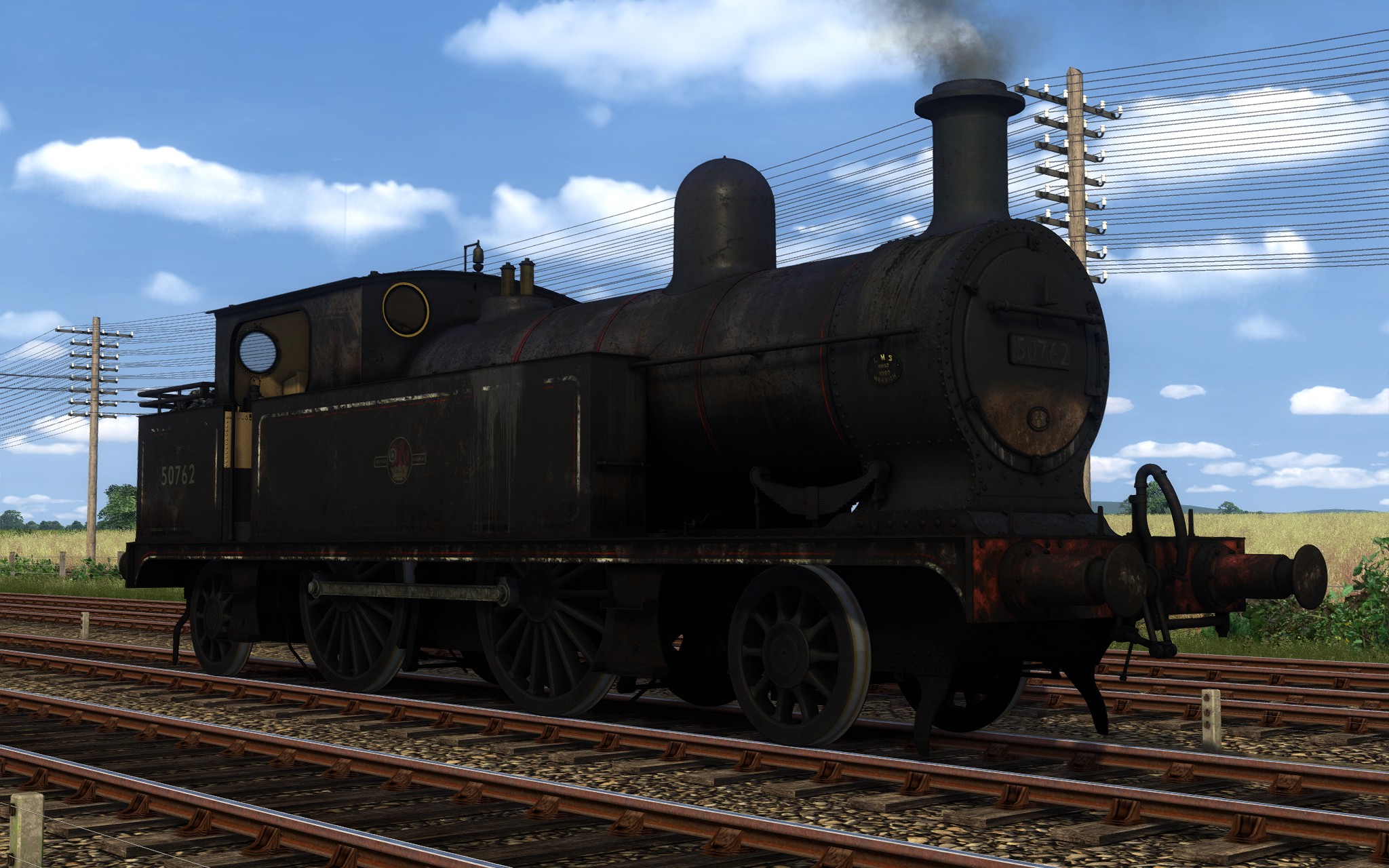
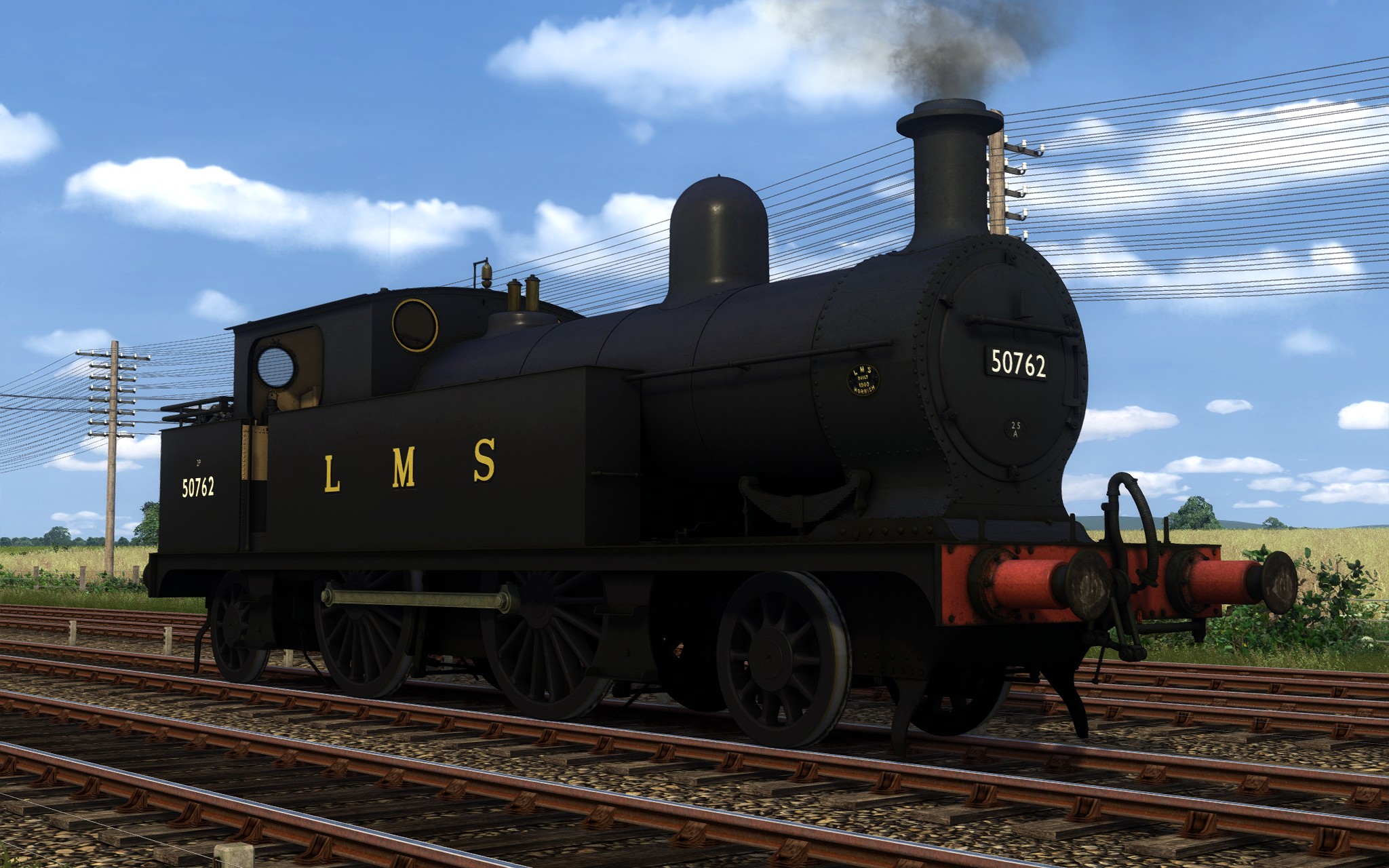
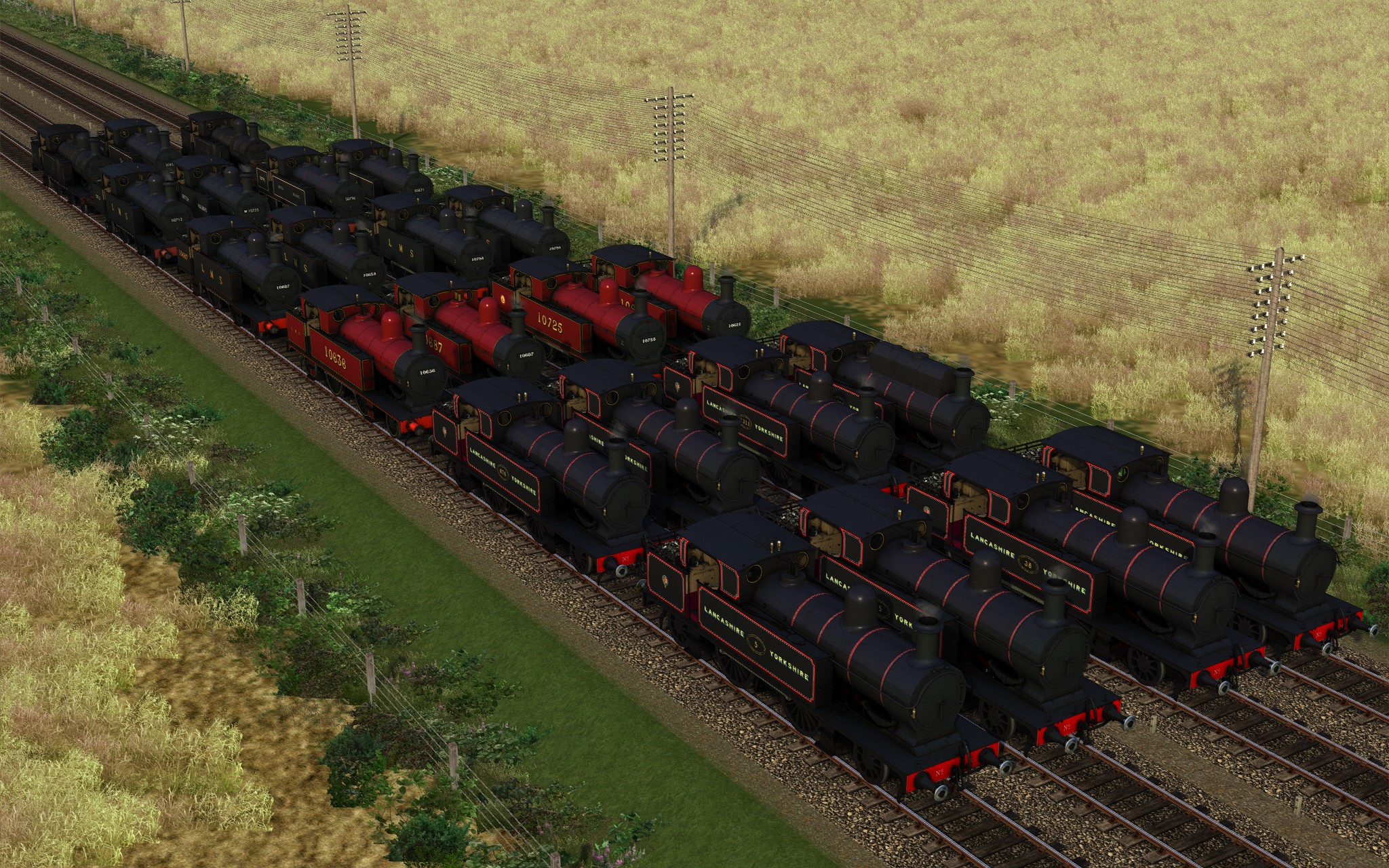
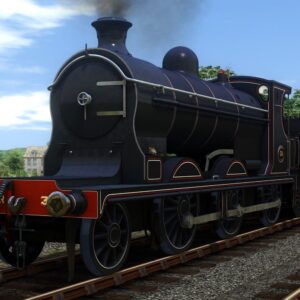
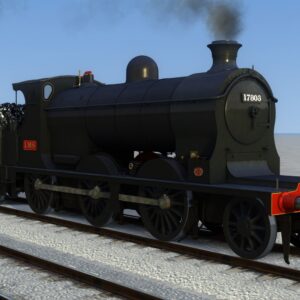
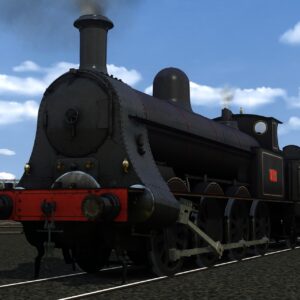
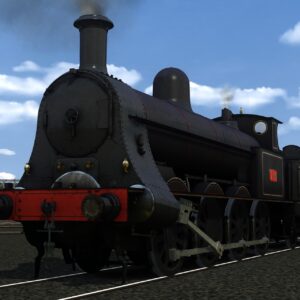
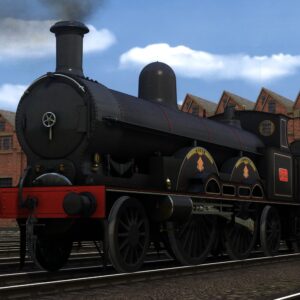
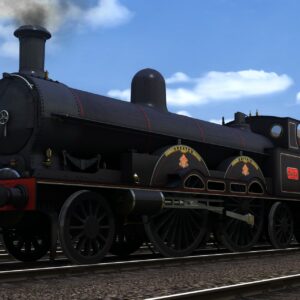
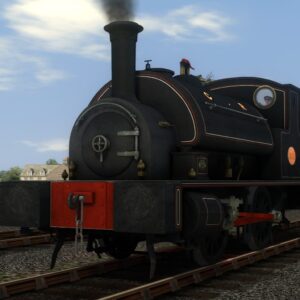
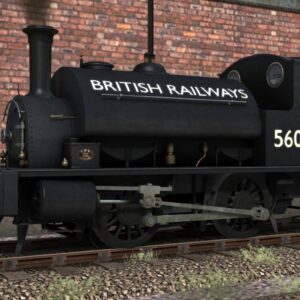
Reviews
There are no reviews yet.